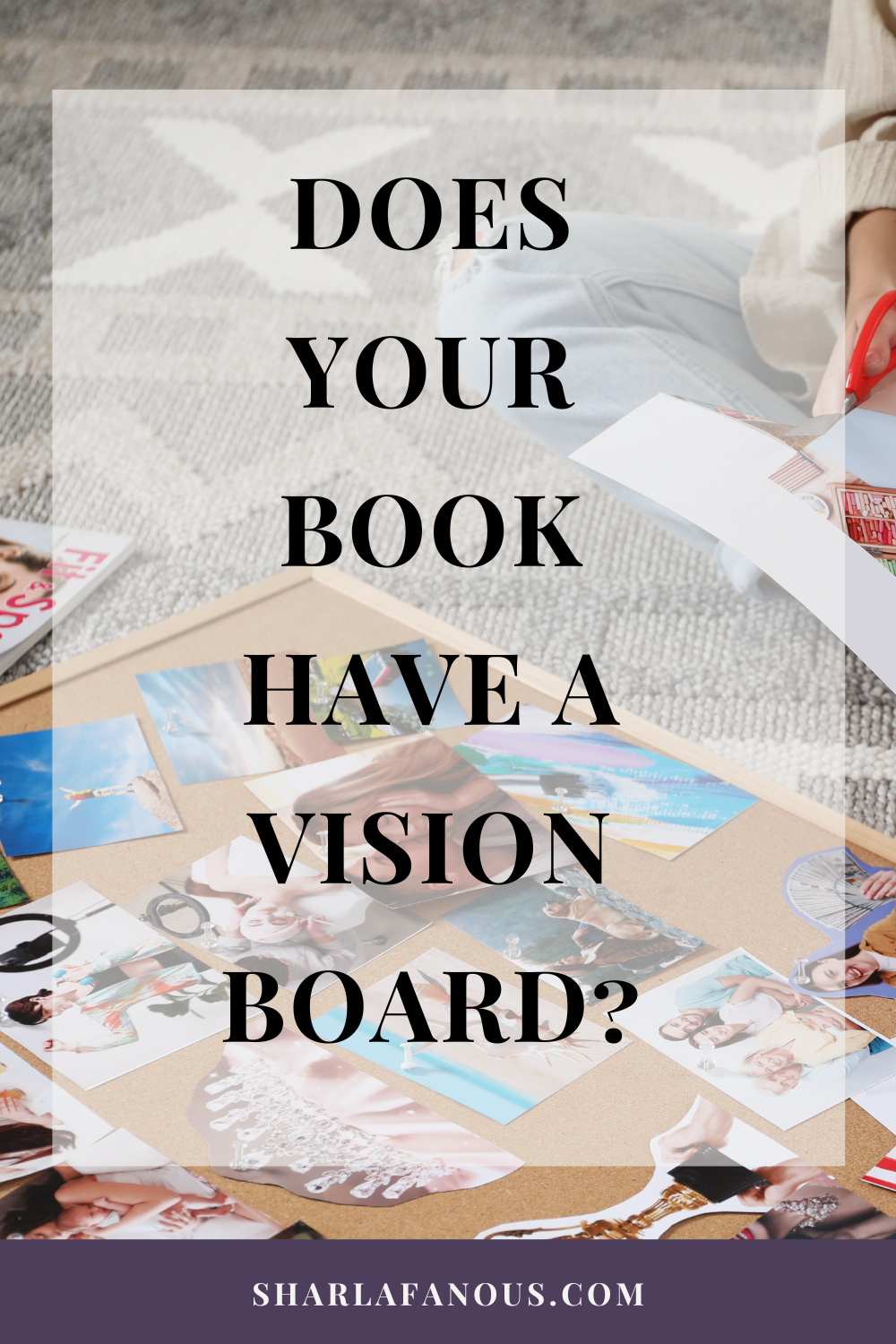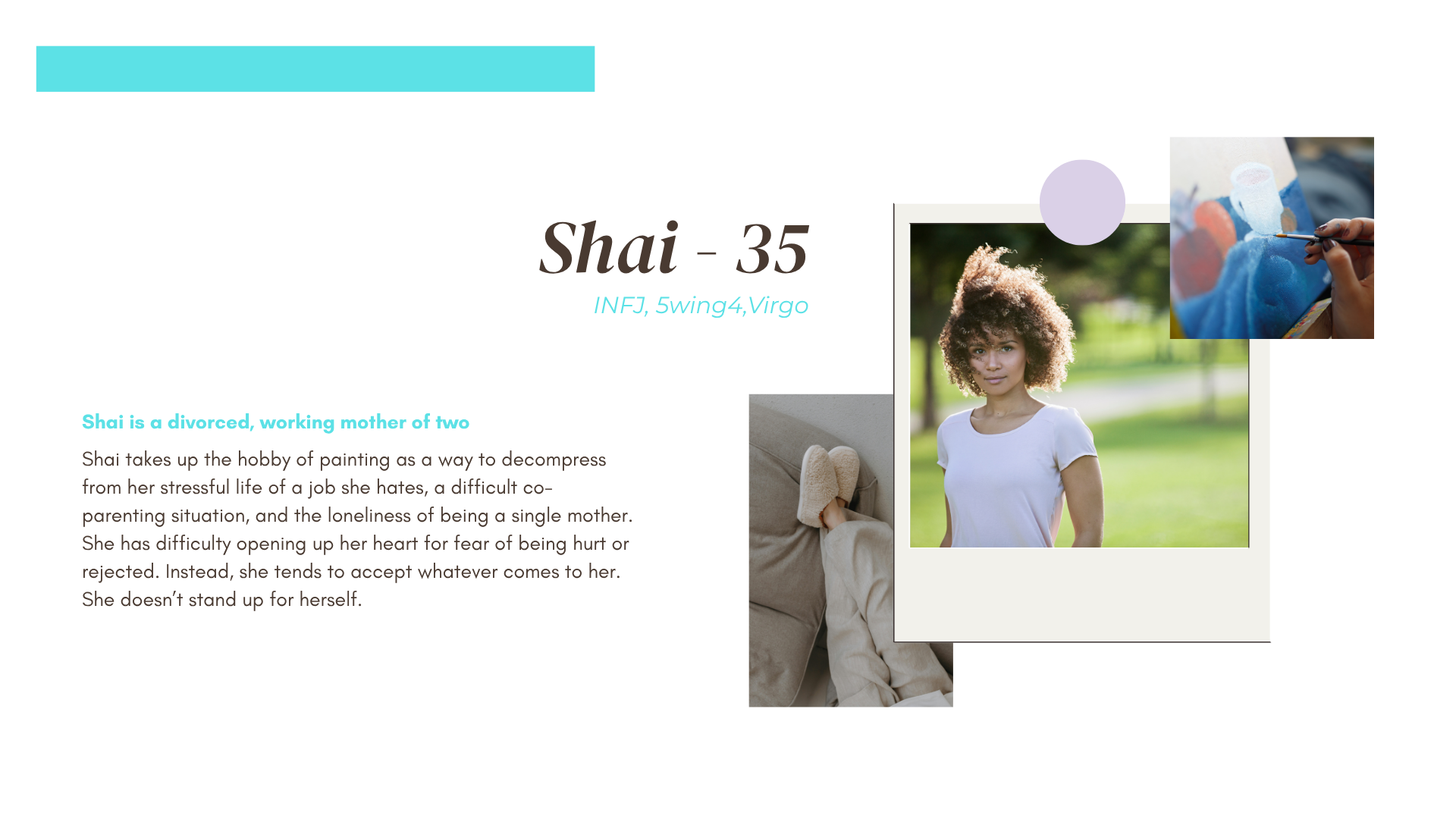Does Your Book Have a Vision Board?
When I read a book, the story plays out like a movie in my mind. I can see the setting, feel the characters' moods, and picture their mannerisms and facial expressions as if I were watching it all unfold on screen. So when I sat down to write my novel, I knew I needed something that could help me translate those vivid mental images onto the page, something that would help me stay grounded in the world I was creating.
Enter: the book vision board.
Whether you're writing fiction or memoir, a vision board is a powerful (and fun!) tool that helps you bring clarity to your story. It’s part mood board, part character map, part outline, an anchor you can return to any time you feel stuck or uncertain.
I created a multi-page digital vision board using Canva, but you could easily use Google Slides, a Pinterest board, or even an old-school corkboard with magazine clippings. Whatever medium you choose, here are the key elements I recommend including:
The Setting
Start with the “where.” I include the name of the city or town, along with photos of important landmarks and environments that appear in the story. My novel is set in a real city, but if yours is imagined, find images that capture the vibe…moody forests, cozy bookstores, bustling markets…whatever feels right for your world.
The Cast
This is the heart of my board. Each character gets their own page (or slide), including their name, age, personality type (Myers-Briggs, Enneagram, or Zodiac, if you’re into that —I'm into all three), and a short bio that outlines their situation at the start of the story. I also include their motivations, fears, and fatal flaws. This helps me stay true to who they are as they grow and change throughout the book.
The Inciting Incident
This is the moment that changes everything, the event that sets the main character on their journey. Having it front and center reminds me why the story exists in the first place.
The Main Conflicts
What obstacles will your character face, externally and internally? I jot down a few core conflicts here to keep the tension alive in my planning process and on the page.
The Climax
This is the turning point, the moment your character must face their fears and make a choice. It’s the most emotionally intense part of the story, and having it visualized helps me work backwards to build up to it.
The Resolution
How will your story end? I include a paragraph summarizing the final chapter or emotional takeaway, along with some images that capture the mood of the closing scenes. This keeps me focused on what kind of transformation I want the reader (and character) to walk away with.
My vision board isn’t just pretty to look at. It’s a creative compass. It keeps me rooted in my story, even on the days when writing feels hard or messy. I highly recommend creating one, whether you’re outlining your first novel or trying to find your way through a memoir.
Let your imagination lead the way. The visuals will follow.
Yours in ink,
Sharla


